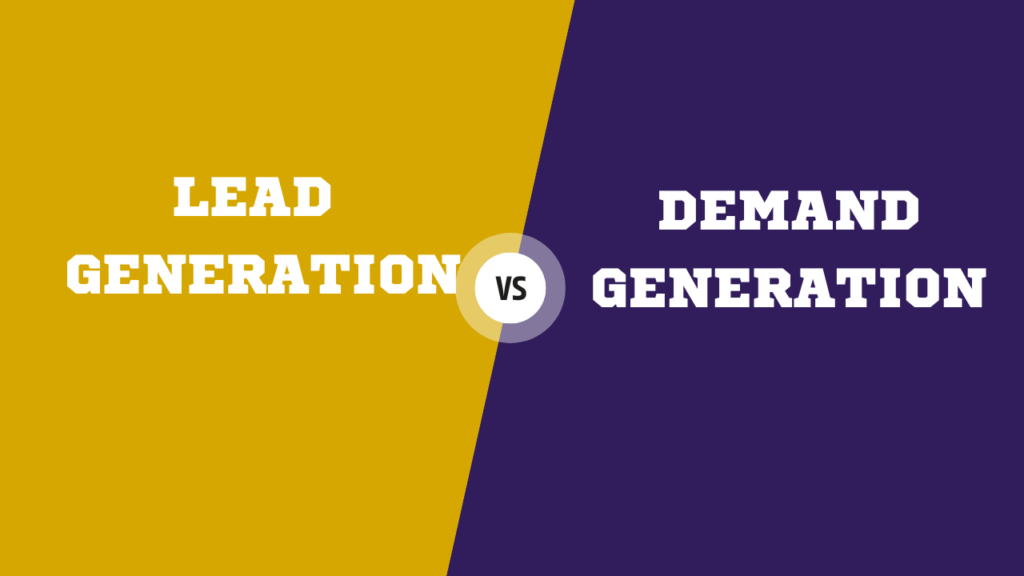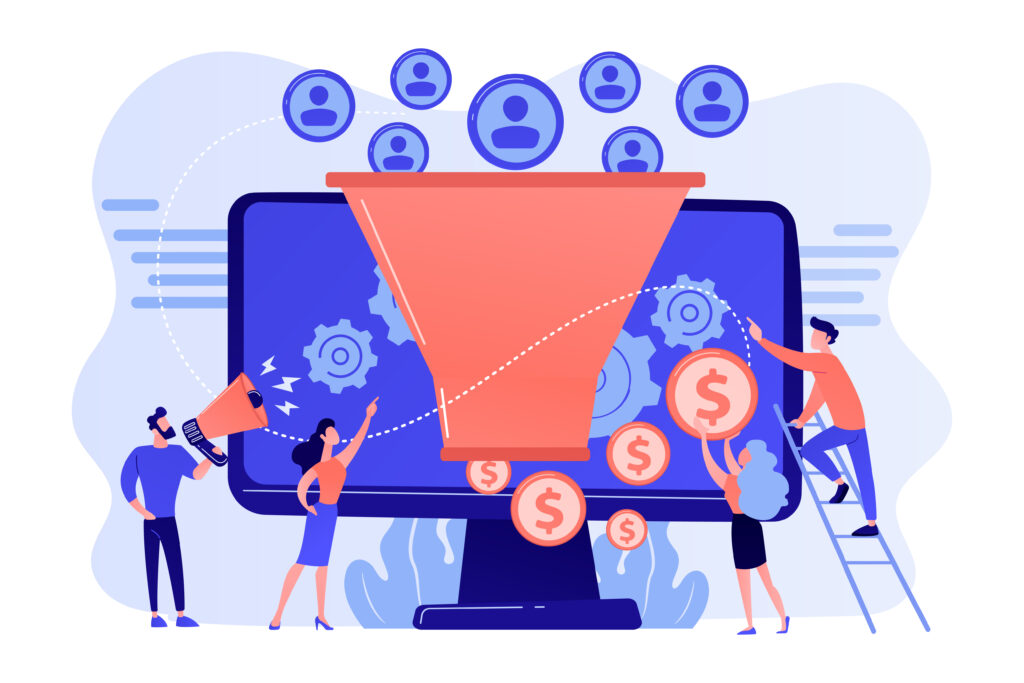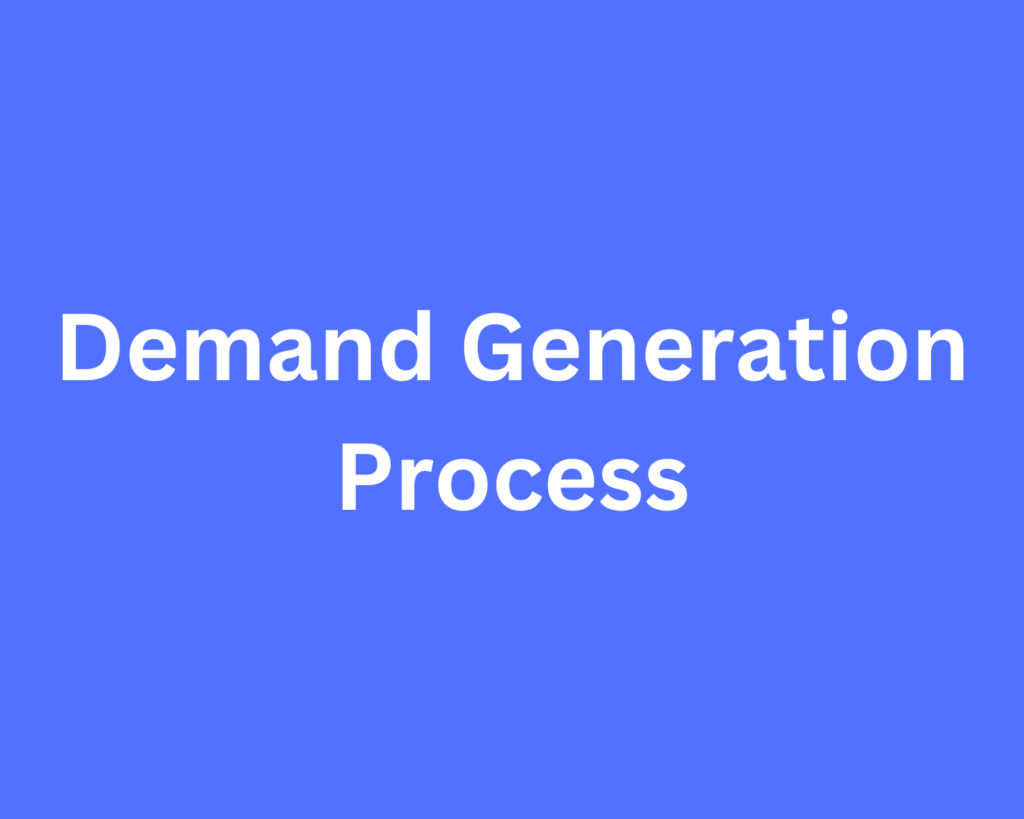Generating quality leads is critical for the success of any SaaS business. However, choosing the right approach for lead generation can be a daunting task, especially in a highly competitive market. While demand generation and lead generation are often used interchangeably, they are two distinct approaches with different goals and outcomes. Understanding the differences between demand generation and lead generation is essential to determine the most effective approach for your SaaS business.
Demand Generation
Demand generation is a critical marketing strategy that companies use to attract and cultivate interest in their products or services. This approach revolves around building strong, long-term relationships with potential customers by providing them with valuable information, resources, and insights to make informed buying decisions.
The ultimate aim of demand generation is to create awareness and interest in a company’s offerings, which can lead to increased sales and revenue in the long run. To achieve this, companies leverage both digital and traditional marketing channels, such as content marketing, social media, email marketing, webinars, events, and advertising.
The crux of demand generation is to create a consistent and engaging brand experience that draws potential customers in and fosters trust and credibility over time. By sharing relevant and helpful information, companies can establish themselves as thought leaders and trusted advisors in their industry, gaining a competitive edge.
The main steps you need to consider when planning a demand generation campaign:
When it comes to planning a successful demand-generation campaign, there are a number of key steps that you need to consider. Here are the main ones:
Identify your target audience: It’s essential to have a deep understanding of who your ideal customers are before you start planning any marketing activities. Conduct thorough research to develop buyer personas that accurately represent the characteristics and behaviors of your target audience.
Define your goals: Once you have a clear picture of your target audience, you need to define your campaign goals. These goals should be specific, measurable, achievable, relevant, and time-bound (SMART) and aligned with your overall business objectives.
Develop a compelling offer: A compelling offer is one of the most important elements of a successful demand generation campaign. You need to create an offer that speaks directly to the needs and pain points of your target audience and is compelling enough to motivate them to take action.
Choose your channels: There are many different channels you can use for demand generation campaigns, from social media and email to content marketing and webinars. Select the channels that are most relevant to your target audience and align with your campaign goals.
Develop content: Content is the cornerstone of demand generation campaigns. You need to create high-quality, engaging content that speaks directly to the needs and interests of your target audience. This content can take many forms, including blog posts, ebooks, webinars, videos, and more.
Promote your offer: Once you have developed your content and chosen your channels, you need to promote your offer to your target audience. This can involve a combination of paid and organic promotion, including social media advertising, email marketing, and more.
Nurture your leads: Not all leads will be ready to make a purchase immediately, so it’s important to have a lead nurturing strategy in place. This involves providing relevant and useful information to leads over time to help move them down the sales funnel.
Measure and optimize: Finally, you need to measure the success of your demand generation campaign and optimize it over time. Use key performance indicators (KPIs) such as conversion rates, click-through rates, and engagement rates to track your progress and identify areas for improvement.
Lead generation
Lead generation is a crucial component of a successful marketing strategy, regardless of a company’s size. Essentially, lead generation is the process of identifying and nurturing potential customers who have demonstrated an interest in a company’s products or services.
To generate leads, companies employ a mix of inbound and outbound marketing tactics. Inbound marketing primarily involves creating high-quality content that captures the attention of potential customers and drives them to the company’s website or social media platforms, where they can gain a better understanding of the company’s offerings and even submit their contact information in exchange for valuable resources.
On the other hand, outbound marketing entails directly engaging with potential customers via channels such as email, cold calling, or direct mail. The objective is to proactively reach out to potential customers and convince them of the value of the company’s products or services.
Get in touch with the Gignaut team today to start measuring and improving your marketing efforts.
Check Demand generation handbook to learn more




